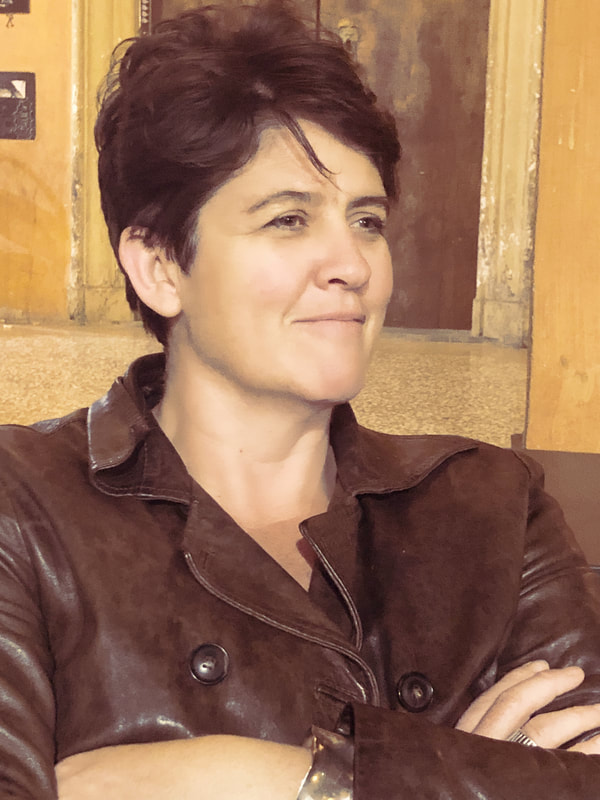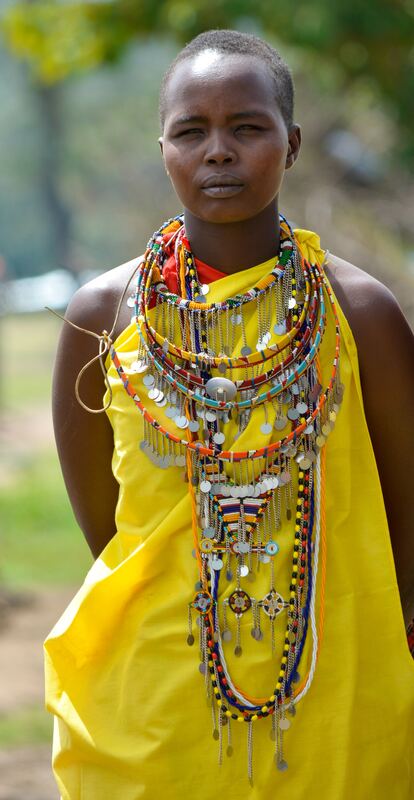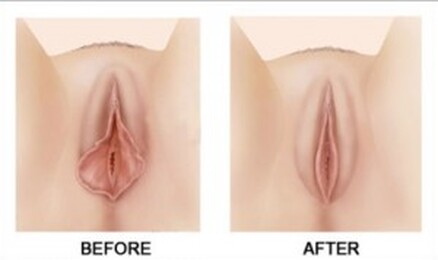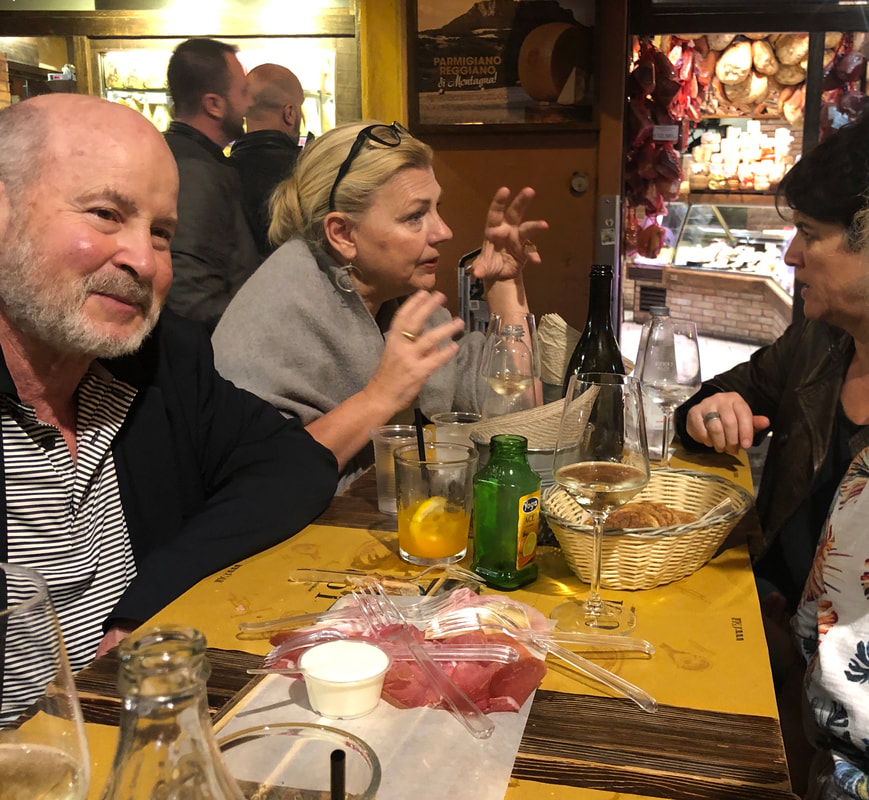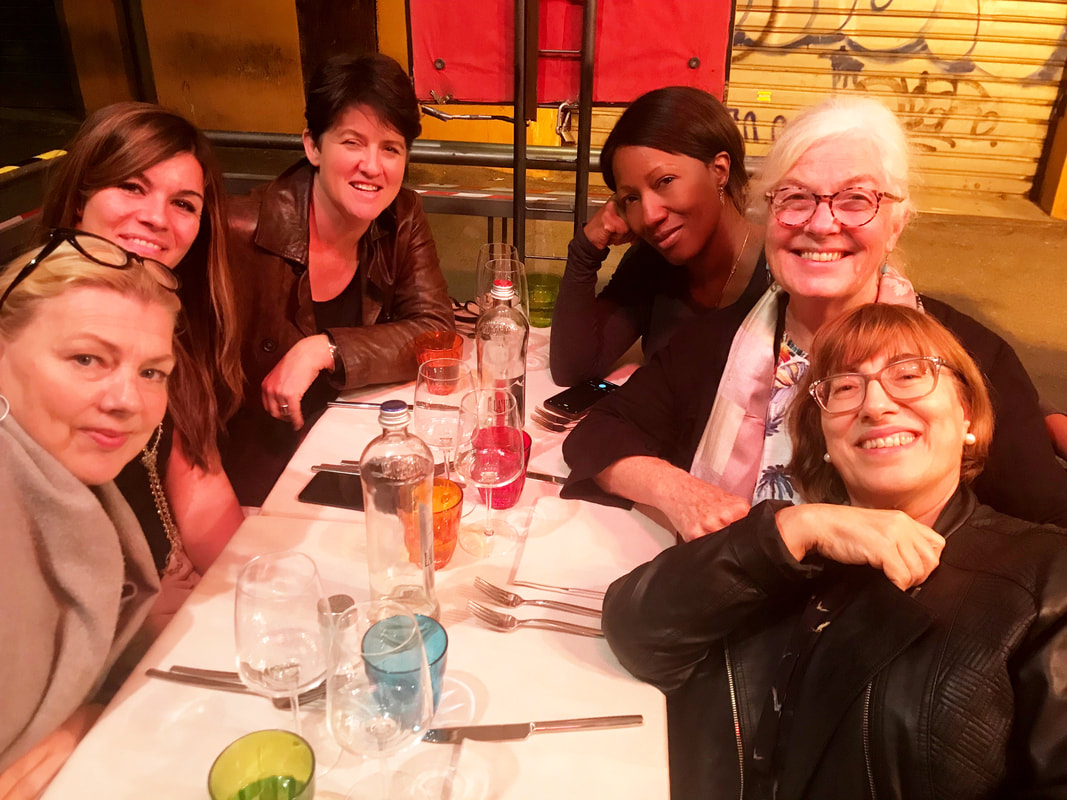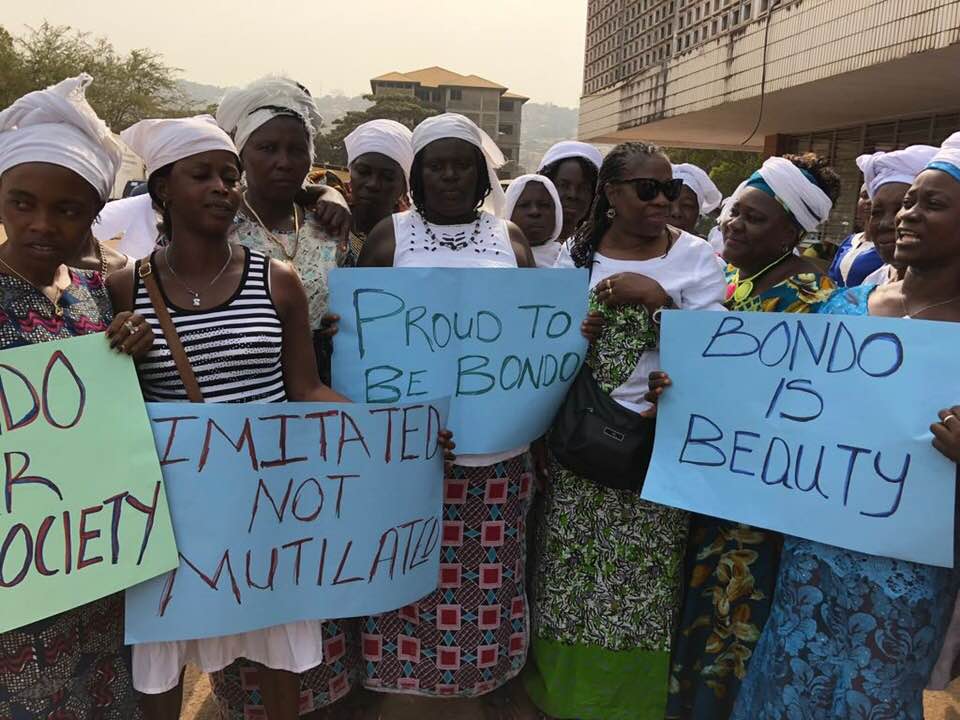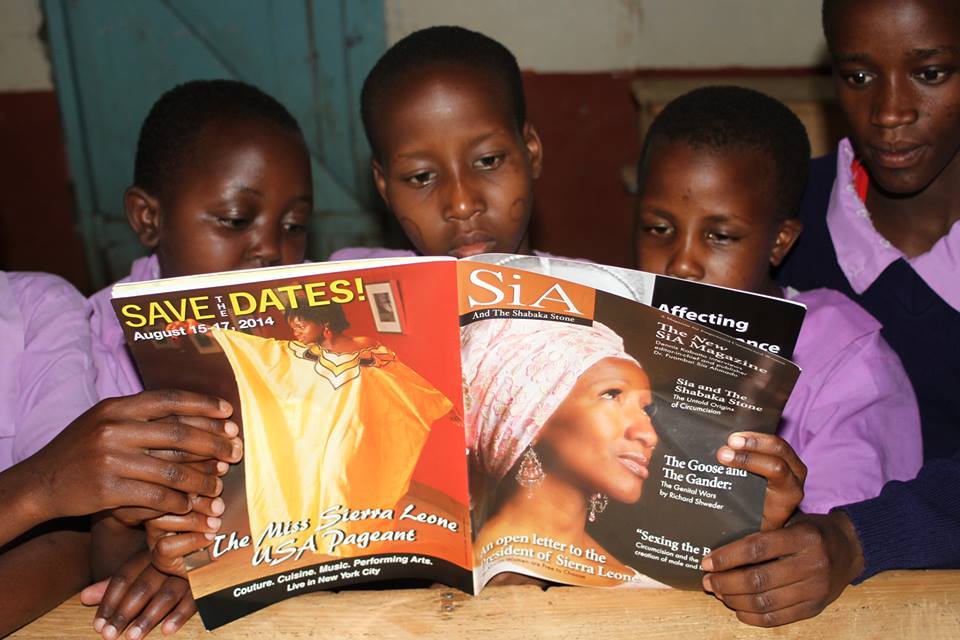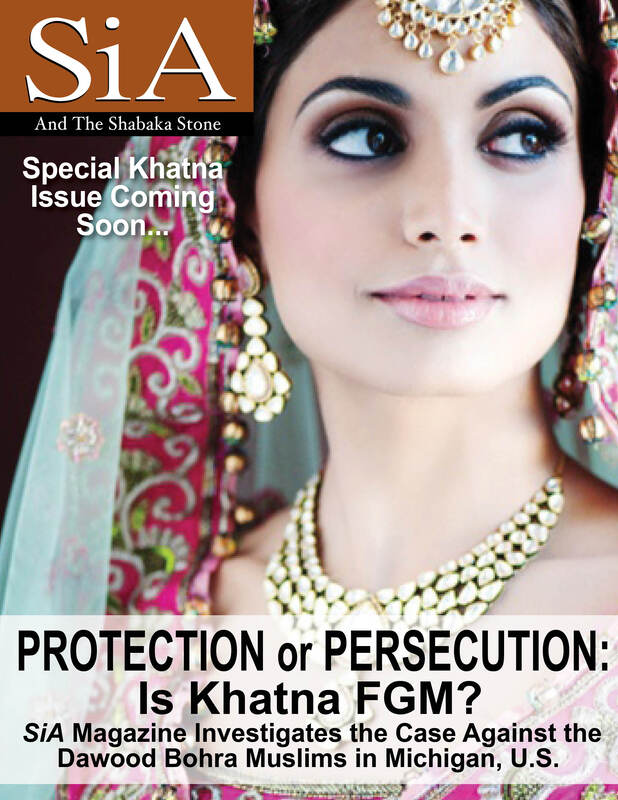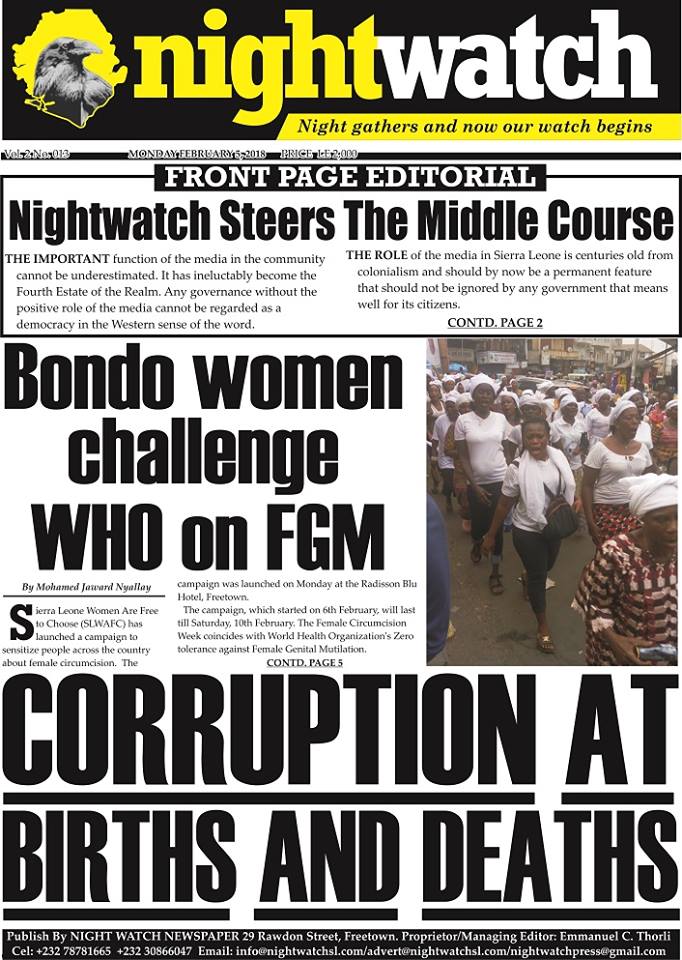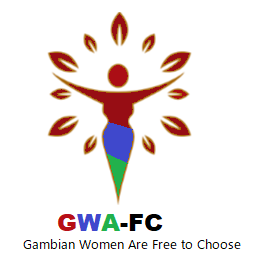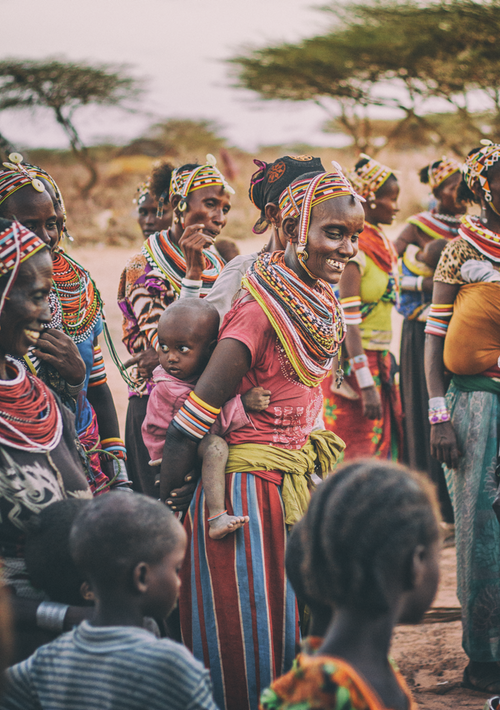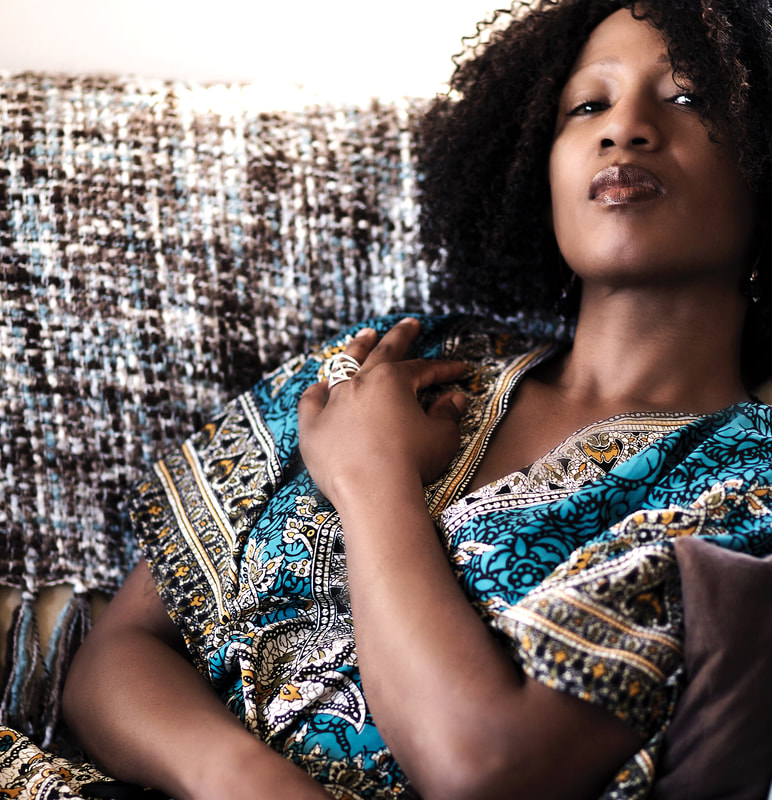|
On October 29, 2019 I was honored to deliver a presentation on a panel entitled, Imagining pleasure and pain: Recognition, regulation and enjoyment in relation to female genital discourses. The organizer, Juliet Rogers, Associate Professor at Melbourne University in Australia, had coordinated the panel of interdisciplinary experts at the Eco Center in Bologna, Italy which was preceded earlier that morning by a workshop of the same group of academics working on the issue female circumcision or female genital cutting. I have extracted below excerpts from my presentation to kick off what will be a series of SiA Magazine blogs focusing on the work of All Women are Free to Choose (awafc.org) to empower grassroots Kenyan communities who are fighting for the right of adult women to uphold female circumcision as an integral part of their culture and identity. Is pleasure to circumcision as pain is to mutilation?: Towards a recognition of multiple voices on female genital aesthetics"For me, female circumcision is not female genital mutilation"My name is Fuambai SiA Ahmadu. I am an anthropologist by training but more important I am a circumcised woman from a region in West Africa where female and male circumcision are practiced as parallel and complementary traditions. I have been very interested in the topic of pleasure and pain particularly in relation to discourses about Female Genital Mutilation (FGM) mostly because, as we have seen today, much of the language surrounding FGM assumes that circumcised women are sexually subjugated and oppressed, that we know only pain and nothing of pleasure. Well, I underwent female initiation and excision (a form of female circumcision) in my early 20s’ and because I was sexually experienced before my procedure, I knew full well that the procedure I had (trimming off the inner labia and visible clitoral glans) had absolutely no impact on my capacity for sexual pleasure, enjoyment and yes, orgasm. In fact, the excision I received hardly looks any different from the "after" photos of many white western women who have undergone so-called "labiaplasty" (in many cases the term "labiaplasty" is used as a smokescreen for more drastic procedures that include clitoral reductions or "clitoroplasty" - see SiA Magazine Special Edition below). This Special Edition of SiA Magazine depicts before and after images of various types of female genital cosmetic surgeries and compares these with matching types of female circumcision. So for me and hundreds, possibly a few thousand, women I have lived and worked with most of my adult life as well as millions of other circumcised women around the world the notion of FGM feels like a psychological assault, a violation of our bodily integrity, I decided a few years after my postdoc at the university of Chicago (where I had the wonderful honor of working under the guidance of Professor Richard Shweder) that I could not really continue in academia while seeing so much damage being caused by aggressive anti-FGM campaigns and legislation. Besides the oppressive discrimination and racial profiling of women and men in immigrant communities in western countries, especially Muslim communities, there is the deep psychosocial and psychosexual impact of FGM media stereotyping of affected young women even in our own countries of origin. I have enjoyed working with the most amazing minds including the eminent, interdisciplinary scholars present here (namely, obstetrician/gynecologist and sexologist, Dr Lucrezia Catania; anthropologist and cultural psychologist Richard Shweder; feminist anthropologist Ellen Gruenbaum; medical anthropologist Professor Sara Johnsdotter; trauma theorist and criminologist Juliet Rogers, legal anthropologist Giorgia DeCarli; as well as bioethicist Brian Earp and obstetrician/gynecologist Jasmine Abdulcadir (Brian and Jasmine are not physically present but sent papers). But I’ve felt for many years that I had to do more and that I was in a position to do more. And this is how I became an activist. My work over the last five years has focused on empowering circumcised women and adolescent girls in Africa in self-advocacy. I know for instance women in my country of origin Sierra Leone and in The Gambia where I did my PhD fieldwork for an extended 5 year period are very strong supporters of female circumcision and given access to forums such as this they would not hesitate to let the world know exactly what they think - and not quite as politely as I try to do in these spaces. I created SiA Magazine (siamagazine.com) so that circumcised women around the world could have a safe space to actually talk about our positive experiences and views and celebrate our ancestral matriarchal traditions (yes female circumcision in Sierra Leone is revered as a matriarchal tradition where women demonstrate their power and control over the phallus - the male realm or tool of fertility and pleasure). Through SiA Magazine I’ve been honored to connect with and learn more about Malay Muslim women in Sri Lanka, Malaysia and Indonesia who are also busy taking on social media and the internet promoting positive representations of minor forms of female circumcision that they view as an Islamic religious obligation. Speaking of Islamic female circumcision, all of my years of academic work and activism came together in the moment I served as an expert witness in Detroit Michigan in the first US federal FGM case which involved the very quiet and religiously pious Dawoodi Bohra Muslim sect originally from India. For once, in a courtroom with a jury of ordinary US citizens, I was able to explain the different types of female circumcision and parallels with male circumcision as well the different religious and cultural contexts of these practices and the harmful impact of FGM legislation, policies and derogatory media stereotyping of female circumcision. I explained how and why the notion of FGM does not describe the Bohra practice of khatna and does not fit the US legal definition of FGM. As a result of a separate motion submitted in one of the related FGM cases, a US District Court in Detroit eventually ruled the US FGM law unconstitutional. What exhilaration to be even a small part of this amazing victory - albeit a limited one! Several years ago my sister Sunju and I founded All Women are Free to Choose (awafc.org), a non-profit that advocates for the rights of women vis a vis FGM campaigns and we’ve already had a great impact in countering the worst behavior of FGM activists and consequences of FGM campaigns. In Sierra Leone, we established the community based organization, Sierra Leone Women are Free to Choose (SLWAFC) and have fought hard alongside women from all echelons of society to prevent the adoption of FGM legislation and divisive national policies despite significant pressure from donor countries and aid agencies. In The Gambia, our chapter Gambian Women are Free to Choose, is growing fast and we are confident we will reverse the FGM legal provision by next year. For the latest updates visit the Gambia Women Are Free to Choose page here As of a couple of weeks ago, AWAFC started working with circumcised women on the ground in Kenya who are fighting the FGM law there. Read more here about our coverage of the Dr. Tatu Kamau's petition to abolish the FGM Act. For activist Nimco Ali, all female genital surgery, including labiaplasty, is female genital mutilationFuambai Ahmadu and Nimco Ali on BBC HARDtalk with Stephen Sackur I will end my presentation with a short clip of a BBC interview that I think really reflects the theme of this panel - that is, imagining pleasure and pain...in relation to female genital cutting. In this video I am seated next to a well known Somali activist, Nimco Ali, who experienced the most extreme form of circumcision, infibulation, as a 7 year old child in Djibouti. I was, of course, a mostly consenting adult woman (I say mostly because while I was told I would be initiated I was not fully aware at the time of the excision operation). Nimco clearly suffered and is still very obviously suffering from what she insists was mutilation. However, while I experienced excruciating pain, I was pleased with the aesthetic outcome and felt the smoothness and symmetry of my excision enhanced rather than reduced my experience of pleasure. Neither of us is right or wrong and this exchange makes it even more evident that there is no single narrative on female genital surgeries but a multiplicity of voices that need to be heard. Fuambai Sia Ahmadu
|
Archives
March 2024
Categories
All
|
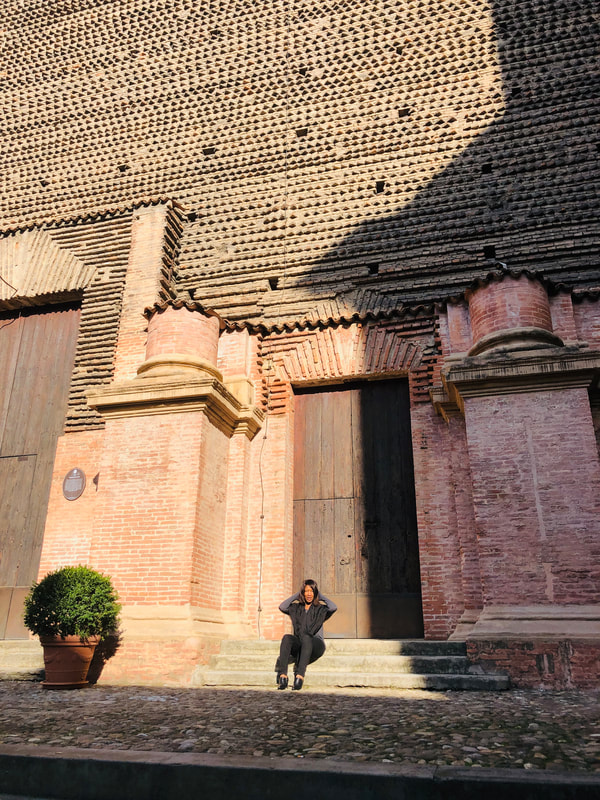
 RSS Feed
RSS Feed 